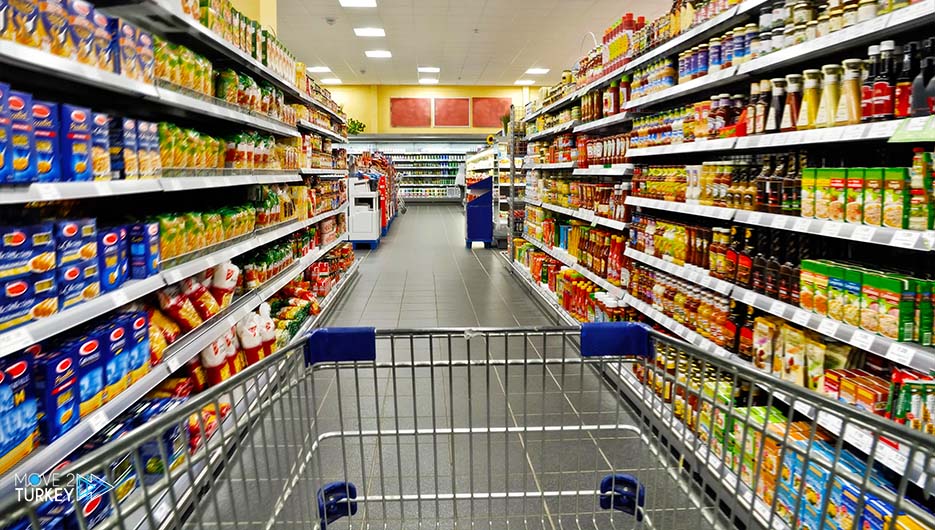
The Food and Agriculture Organization of the United Nations reported that global food prices reached their highest level since July 2011.
According to the statement issued by the Food and Agriculture Organization of the United Nations (FAO), the food price index of the organization has risen.
-Advertisement-
Which monitors the monthly changes in the international prices of a basket of food commodities by 3.9 percent in October compared to September, and it averaged 133.2 points.
The global food price index recorded a new high, the highest point since July 2011.
The FAO Cereal Price Index rose by 3.2 percent during the same period, and world wheat prices rose by 5 percent as yields fell in major exporters.
Including Canada, Russia, and the United States, tightening global supplies, international prices for all other major grains also rose on a monthly basis.
The vegetable oil price index also rose by 9.6%, reaching an all-time high.
-Advertisement-
This was driven by strong increases in the prices of palm oil, soybean, sunflower, and rapeseed oil.
Palm oil prices rose due to continuing concerns about production decline in Malaysia due to an ongoing shortage of migrant labor.
The dairy price index rose 2.6 points in October compared to September, driven by higher overall import demand for butter and skimmed milk powder.
Plus whole milk powder amid buyers’ efforts to secure supplies to build inventory.
In contrast, cheese prices have remained largely stable as supplies from major producing countries have been sufficient to meet global import demand.
Also, the meat price index fell 0.7 percent from its revised value in September, continuing its downward trend for the third consecutive month.
-Advertisement-
The decline in pork purchases from China and the sharp decline in the price of meat purchased from Brazil caused the prices of these two products to fall.
On the other hand, the prices of poultry and sheep meat increased, supported by higher global demand and expectations of lower production growth.
The sugar price index also decreased by 1.8 percent in October compared to September, marking its first decline after rising for 6 consecutive months.
The decline was mainly due to limited global import demand, expectations of large exportable supplies from India and Thailand, and the weakness of the Brazilian real against the US dollar.
Cereal production has reached a record high this year, but stocks are starting to fall.
According to new forecasts in the FAO Cereal Supply and Demand Summary, world cereal stocks are set to contract in 2021/02.
-Advertisement-
This is despite the fact that global cereal production unexpectedly hit a record high in 2021.
The forecast for global cereal production in 2021 was set at 2,793 million tons, down 6.7 million tons from the previous report in October.
This is largely due to reductions in wheat production forecasts in Iran, Turkey, and the USA.
In contrast, global production of coarse grains was revised upwards, the upward revision in maize production was driven by better-than-expected returns in Brazil and India and improved prospects in some West African countries.
Compared to last year, global cereal production is expected to increase and reach a new record level.
It is estimated that global cereal stocks will fall to 819 million tons in 2022, 0.8 percent below opening levels at the end of the season.
-Advertisement-
Thereafter, the global cereal stocks/utilization ratio is expected to decline from 29.4% in 2020/21 to 28.5% in 2021/02.
After a stronger-than-expected global trade of wheat and rice in October, global grain trade is expected to increase.
And by 0.3 percent from 2020/21 to 478 million tons in 2021/202, to reach a new record.






























